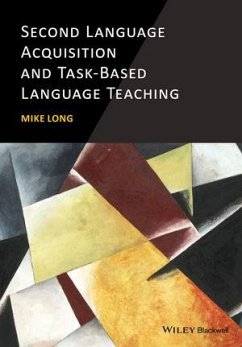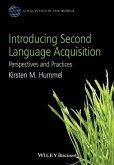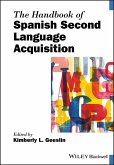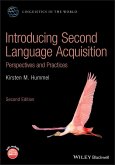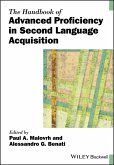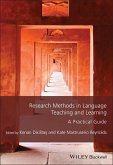This book offers an in-depth explanation of Task-Based Language Teaching (TBLT) and the methods necessary to implement it in the language classroom successfully. * Combines a survey of theory and research in instructed second language acquisition (ISLA) with insights from language teaching and the philosophy of education * Details best practice for TBLT programs, including discussion of learner needs and means analysis; syllabus design; materials writing; choice of methodological principles and pedagogic procedures; criterion-referenced, task-based performance assessment; and program evaluation * Written by an esteemed scholar of second language acquisition with over 30 years of research and classroom experience * Considers diffusion of innovation in education and the potential impact of TBLT on foreign and second language learning
Dieser Download kann aus rechtlichen Gründen nur mit Rechnungsadresse in D ausgeliefert werden.

